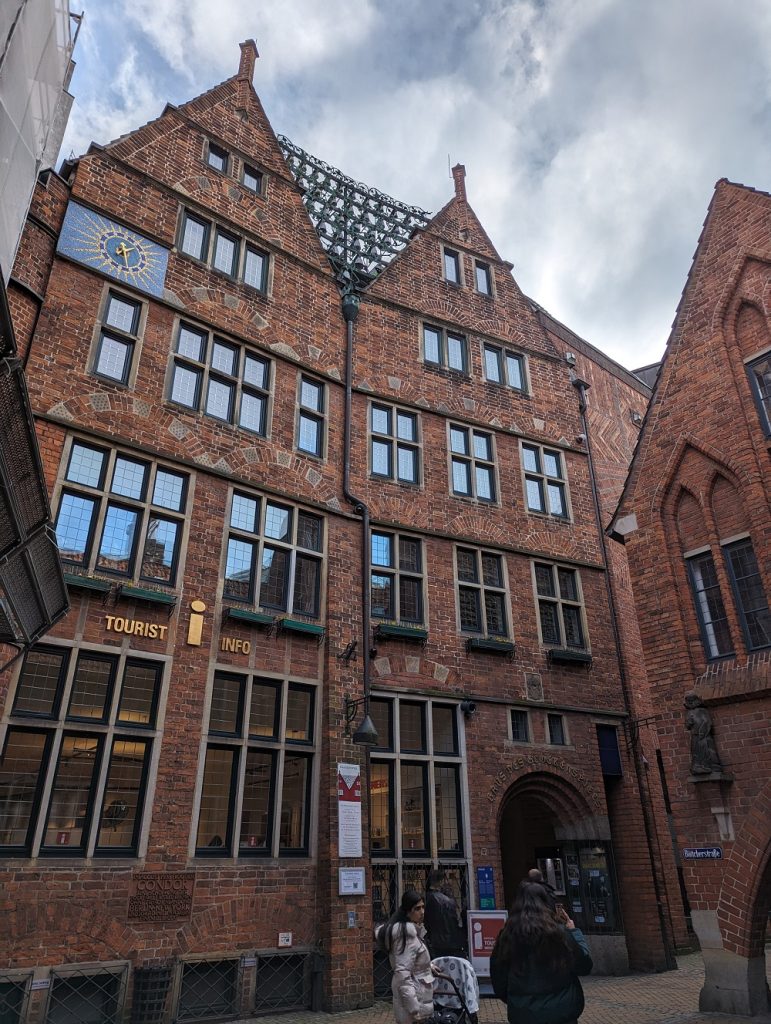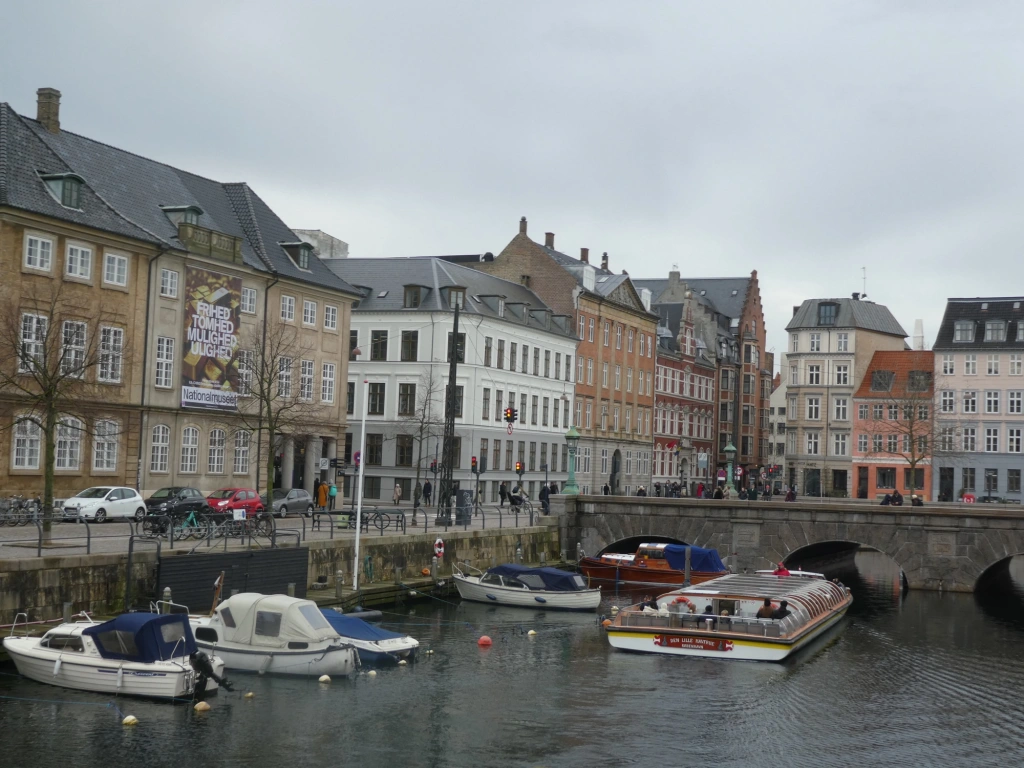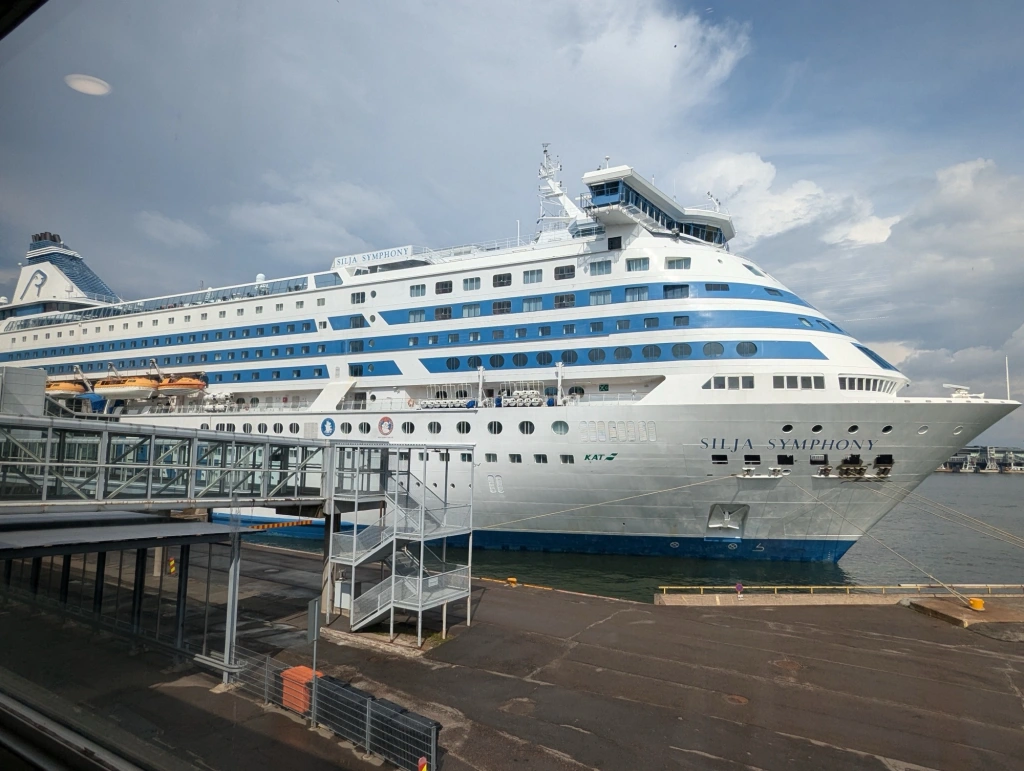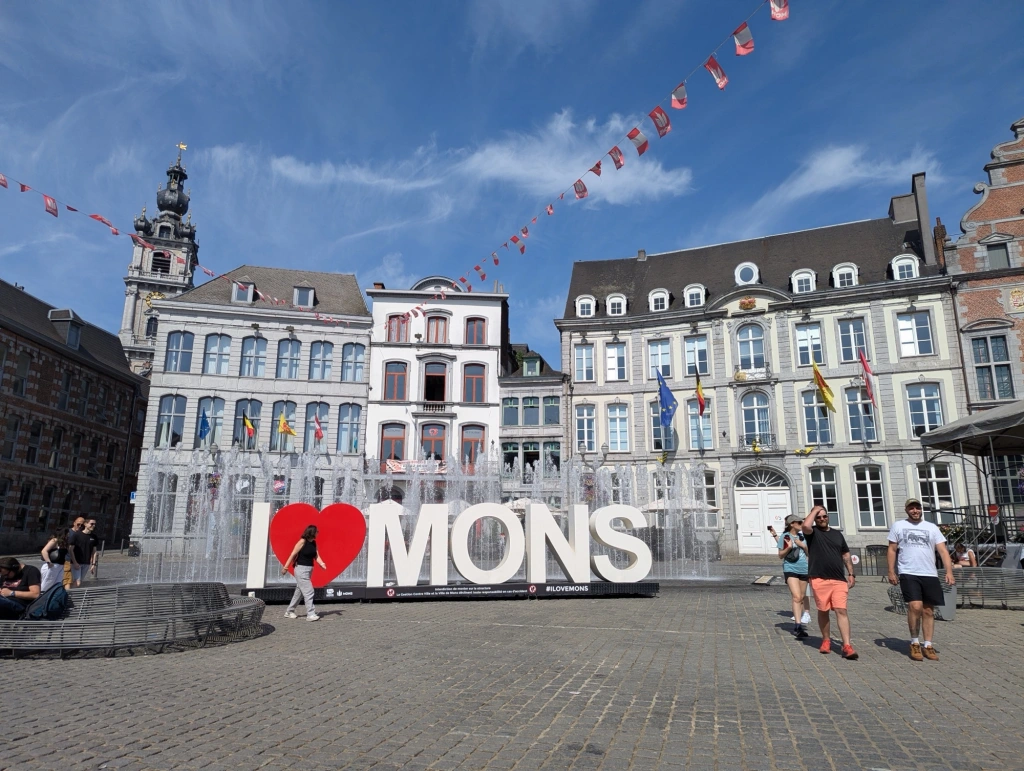Travel Guide: Bremen
About:
The city of Bremen is situated in north west Germany lying approximately 120 km south west of Hamburg. Its location on the Weser River enabled the city to be a key post in the Hanseatic League. The League was a group of trading guilds that existed during the 13th to 17th centuries. Its purpose was to maintain a trading monopoly over Northern Europe, in particular the Baltic and North Seas. While the Hanseatic League disintegrated in the late 16th Century, three of its cities, namely Bremen, Hamburg and Lübeck, remained members until the League’s final demise in the mid 1800’s. To this day, these three cities still refer to themselves as Hanseatic Free Cities.
Getting there:
Bremen Airport is located 3 km from the city centre and is served by several airlines including British Airways, Ryanair and easyJet from the U.K. Fares are this route are generally low making it an ideal city break destination.
From the airport: Take Tram Line 6 from outside the arrivals hall which departs every 10 minutes connecting the airport with the city centre and central station. Journey time 12 minutes.
Things to See and Do:
From fairytale statues to riverside walks and an attractive old town, Bremen is a compact and easily walkable city to enjoy a weekend break. Here are my suggestions.
Market Square (Markt Platz)
The market place in the heart of the old town is the best place to start exploring. With its historic merchant houses now mostly transformed into shops and cafes, it is one of the most picturesque parts of the city.
Bremen Town Hall
Over 600 years old, this UNESCO World Heritage listed building is noted for its mix of Gothic and Renaissance features thanks to originally being built in 1410 in Gothic style and then having a Renaissance facade added in 1612. This actually makes it the only European town hall built in the late Middle Ages that has survived in its original form for so long. It’s a well preserved, beautiful building which celebrated Bremen remaining largely autonomous for centuries. The inside is just as fabulous with the Upper Hall being a ceremonial venue where the council used to meet. Daily guided tours in English.
Bremen Town Musician’s Statue
The Bremen Town Musicians statue is located on one corner of the town hall and has become a symbol of the city. This statue is based on the Brothers Grimm fairytale, the Bremen Town Musicians (Die Bremer Stadtmusikanten) published in 1819.
The bronze statue features a donkey, dog, cat and a rooster who were the band of musicians who set out together to make a living in Bremen. Legend has it that touching the donkey’s front legs is said to ensure good luck and a return visit to Bremen.
The Bremen Loch
The Bremen Loch is a cleverly disguised underground collection box which was installed among the cobblestones of Bremen’s market square. Since 2007, tourists have been able to drop coins into a slot of what looks like a bronze manhole cover. They are rewarded for their donation with a musical thank you from one of the Bremen town musicians (Bremer Stadtmusikanten). Hearing the singing musicians express their gratitude from the depth of the Bremer Loch makes donating all the more fun. Often, visitors drop one coin after another into the slot just to hear all four animal voices.
Statue of Roland
On the side of the Marktplatz nearest to the Town Hall stands another city icon, the Bremen Roland statue, which shares the UNESCO designation with the Town Hall. The 33ft limestone statue was erected in 1404 after its wooden predecessor was destroyed. It depicts an important figure from the time of Charlemagne as a symbol of civic liberty and freedom from the dominance of the church. Roland is a symbol of freedom and trading rights and, while there are Roland statues in many German towns, this one is considered one of the most beautiful and oldest examples.
St. Peter’s Cathedral
The cathedral was originally built in 789, although much of the current building dates to the 13th century. The church is a landmark of the city as its 320ft twin towers dominate the city skyline. It’s free to visit and highlights include its choir stalls, organ, and the intriguing mummified bodies in the Lead Cellar. During the summer months visitors can climb the 265 steps to the top of the south tower for panoramic views of the old town.
Church of Our Lady
This smaller church was also built around the 13th century on the remains of an older building. The crypt is from 1020 which makes it the oldest built space in Bremen. The church is located behind the town hall and stepping inside boasts exquisite murals and magnificent stained glass windows.
Wander along the Böttcherstrasse
Another interesting part of Bremen’s old town is Böttcherstraße. It’s just to the south connecting Markt Platz to the river. Originally occupied by coopers (barrel makers), Bremen’s narrow Böttcherstrasse was transformed into a street of art in the 1920s. The project, commissioned by Bremen native and inventor of decaffeinated coffee Ludwig Roselius, led to the creation of several museums as well as sculptures and works of art lining the alleyway of red brick houses.
Glockenspiel House

The most impressive feature of the Böttcherstrasse is the Glockenspiel House. Perched between the peak of two rooftops, rows of 30 porcelain bells ring at regular intervals. To the left of the glockenspiel, panels depicting explorers, seafarers, and aviators rotate with the music which plays for an impressive 8.5 minutes. Between January and March the bells play at noon, 3pm, and 6pm whilst during the rest of the year they play on the hour from noon to 6pm.
Stroll the alleyways of Schnoor
Located just a few minutes walk from the Marktplatz lies the medieval neighbourhood of Schnoor. Lose yourselves in a maze of narrow, winding streets and alleyways. This is the oldest part of the city and was once the fishermen’s quarter. Today, its charming 15th to 18th century buildings are full of small shops, cafés and restaurants. Fortunately, the district was left largely unscathed during the World Wars retaining much of its beautiful buildings.
Schlachte Embankment
Once one of Bremen’s harbours, the Schlachte Embankment sits on the banks of the Weser River. It started life as the city’s original port and harbour but when railways were introduced and freight size increased, much of the harbour traffic moved to the coast and this area stopped being used. Following major renovations, the former industrial zone has been transformed into an attractive leisure area. It’s popular with both locals and tourists alike for its waterside restaurants, beer gardens, and promenade strolls.
Weser River Cruise
Bremen wouldn’t exist without the Weser River and a pleasure boat trip is the perfect way to discover more about the city. There are several boat trips on offer and these all depart from Martini Pier in the old town.
Wallanlagen Park and the Am Wall Windmill
The park dates back to the 18th century when it was constructed on the site of Bremen’s old city walls. The park comprises flower beds, fountains and sculptures. It’s also home to a picturesque windmill which was originally built in 1699, although the one we see today was constructed 200 years later.
Sögeschweine Sculptures
Pigs, a shepherd and a shepherd’s dog by the sculptor Peter Lehmann can be found along Sögestrasse. They were erected in 1974 and owe their popularity in part to their history. In medieval times, pigs were herded from the farm to the market along Saustrasse (“pig street”), today known as Sögestrasse.
Beck’s Brewery
Bremen’s most famous export, Beck’s beer calls Bremen home. Established in 1873, around 3,000 bottles of Beck’s beer are opened every minute! Visitors can take a guided tour which includes exploring the museum, raw materials room and the brewhouse. You’ll also see silos, fermentation tanks and their laboratory. No visit to a brewery can take place without sampling the amber nectar and naturally this tour finishes with some beer tasting.
Bürger Park
A peaceful corner in the heart of the city, the park is considered to be one of the most beautiful urban parks from the 19th century. Ancient wooded areas with tall trees, lawns, fountains, bridges and a lake are broken up with winding paths and wooden benches to sit on and take in the views.
It’s possible to explore the park on foot, by bike or from the perspective of the water by hiring a rowing boat. The Swiss-style park keeper’s cottage and the Meierei restaurant are highlights not to be missed.
I hope this travel guide inspires you to visit Bremen which can easily be combined with a visit to nearby Bremerhaven.




